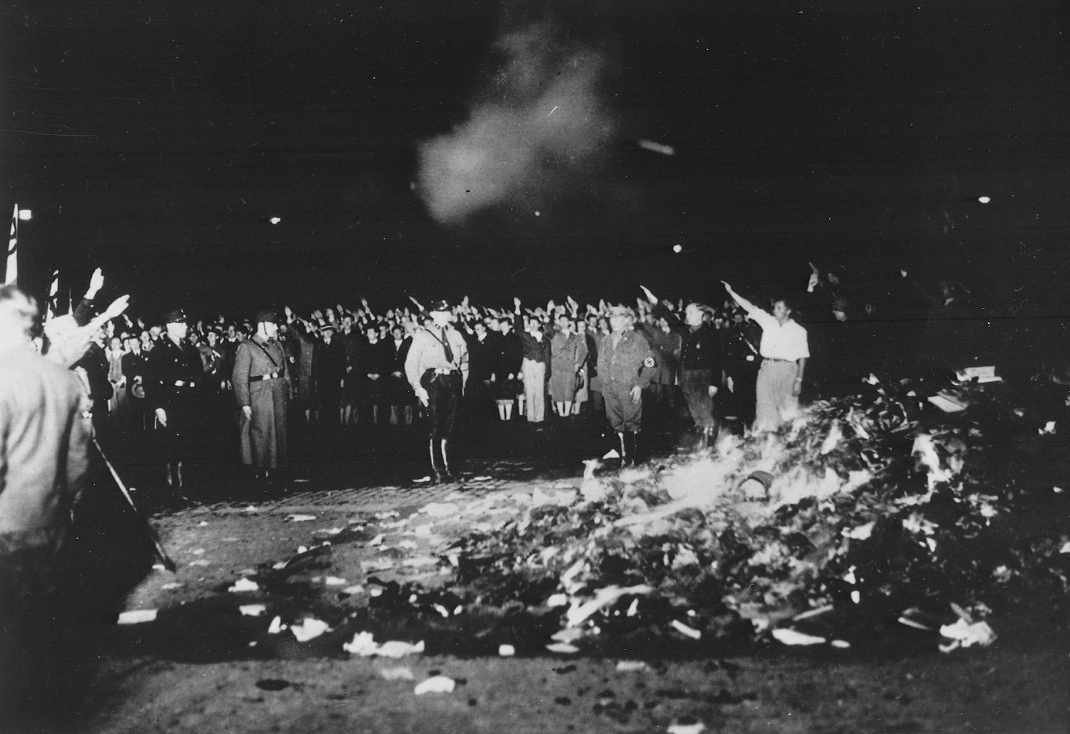The art of lovemaking and all things involved in it is a beautiful thing. Adult Content explores sexuality and all it’s endeavors.

Jacob Hight
– Graphics Editor –
No doubt every bookstore’s sex shelf has a version of it somewhere, the Kama Sutra, a Hindu text on sex and “love,” is older than Shakespeare’s works, and probably the more popular, though Shakespeare’s Sonnet 130 is the more insightful read on the topic of love.
Editions of the Kama Sutra may be abridged and marketed for a modern readership, the philosophy and controversial material replaced with clarifying illustrations or pictures. Thank goodness! The Kama Sutra’s grotesque pretense of class and refinement is an exotic mask over a painfully ordinary face.
“The Complete Kama Sutra: The First Unabridged Modern Translation of the Classic Indian Text,” by Alain Danielou, is devoted to presenting Vatsyayana’s Kama Sutra in a complete, scholarly and sacred light (the original spirit of the text as perceived by the translator). This translation includes ancient and the translator’s commentary, turning it into a veritable tome.
While most of the techniques cataloged in the Kama Sutra can be used in any age, its philosophy is genuinely depressing (red flag for gender-archy). It might do just as well to go to a bar or locker room for advice. Then again, there’s always Sonnet 130 if someone is seeking a deeper, more sacred approach to love and sex.
The sacredness of sex is simple, unadorned, like a cup of tea. To clutter it with too much flare, techniques and ego, lovers might get drunk on pleasure and miss something more fulfilling; though, to abandon skill completely, lovers never arrive. Whatever is distracting should be discarded; that is, whatever is too exciting/skillful, too boring/unskillful, or too revolting.
The Kama Sutra tries to seduce its readers with the same exotic and embellished flare it proposes its readers seduce their target with.
The Kama Sutra should be dubbed the “Common” Sutra because its perspective is, at best without higher insight, and at worst tainted with ingorance. Its philosophy includes the idea that women who’ve had a lot of partners or previously married women are like prostitutes and should be treated with the same degree of respect. Its advice for homosexual masseuses is more or less how to molest their male clients, using technique to illicit sexual arousal, and taking advantage of the client’s shock or embarrassment to follow through with the act; outrageously and explicitly claiming sexual arousal proves the client wants it (a passage fostering homophobia and condoning sexual abuse). It advises that young girls (younger than 16) should study the Kama Sutra so when they are of age they will know how to satisfy their husbands. It is also not above citing sex as a means to accomplish financial/political gains.
Even esoteric ritual to influence someone is not beyond the advice of the Kama Sutra.
A part of the text that is precious and beautiful, is the tact, patience and respect it advises new husbands take with wives in the case of arranged marriages.
The empathy of this passage stands out like a star, though it is seemingly out of character.
Despite everything, the Kama Sutra has anthropological and historical merit – not to mention technical merit.
The kindest thing that can be said of its philosophy is: at its heart, the Kama Sutra encourages us to enjoy our sexuality; to make it beautiful.
Next time “knowing the exquisite vagina.” Until then, make love.











